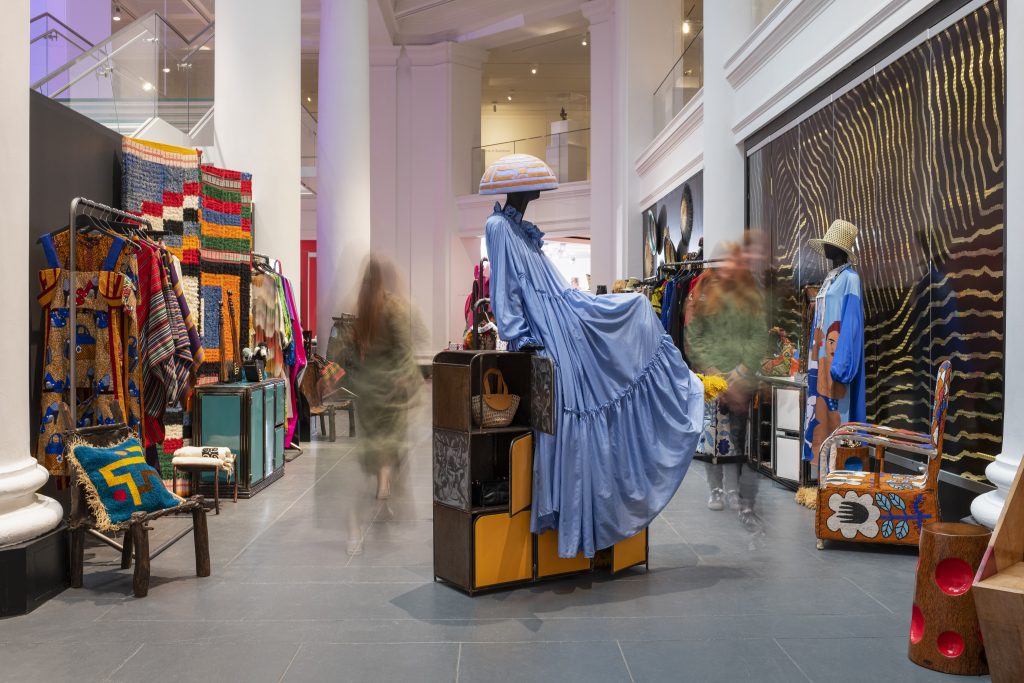“Azzedine Alaïa: The Couturier” at London Design Museum
Retrospective, installation, exhibition—a show that overwhelms with meticulous wonder
Master couturier, the beloved Azzedine Alaïa passed away in November 2017, but was already working on his retrospective at the London Design Museum. Now, the stunning exhibition “Azzedine Alaïa: The Couturier” is open to the public and showcases some incredible garments, revealing the designer’s immense imagination and ability—with many of the pieces on display resembling sculptures, objets d’art, as well as inimitable apparel.
“He was not a fashion designer, he was a sculptor,” Mark Wilson (long-time Alaïa collaborator and curator of the show) tells us. Also the Chief Curator of the Groninger Museum, Wilson explains further, “The way he constructed garments and clothing, he sculpted directly on the body.”
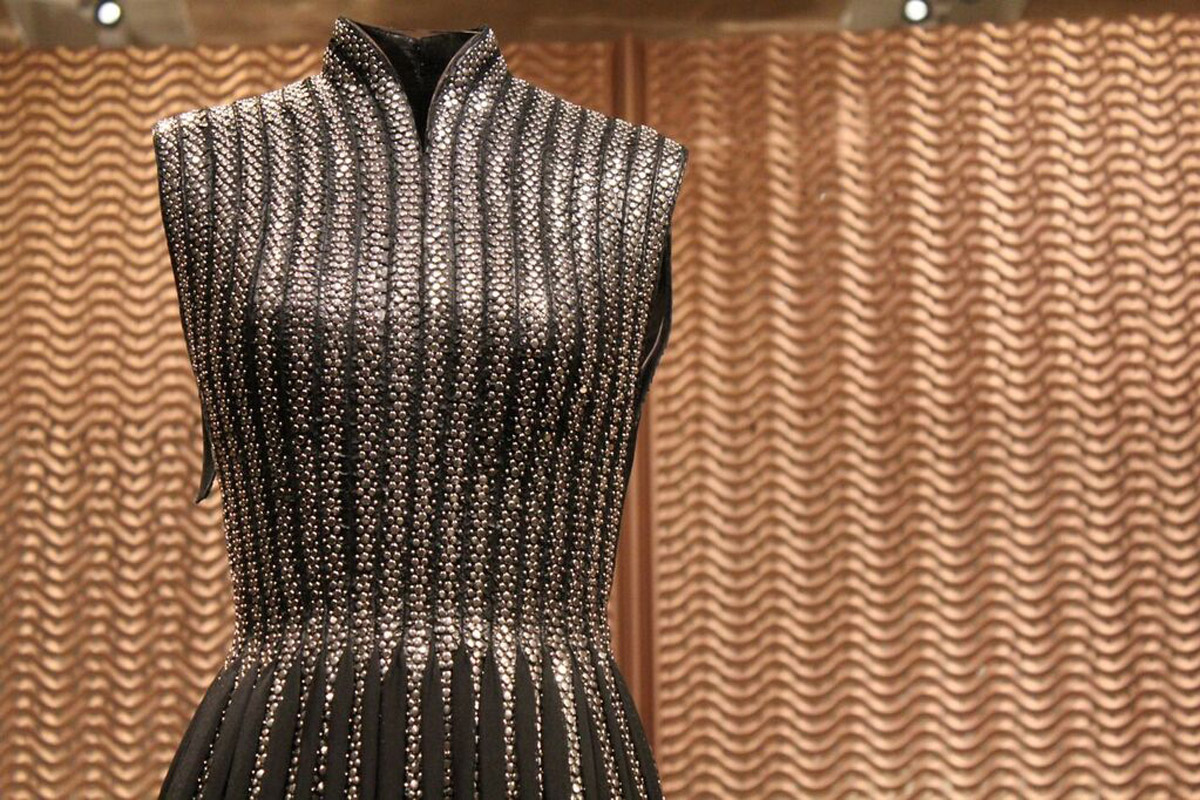
The pieces on display span the ’80s through 2017, yet each item was remade specifically for the exhibition; everything was made-to-measure directly on the mannequins so that every single line sits flawlessly. “The most important thing to him was the cut and the fit of clothes, so these are not samples, nor what was made for the runway shows, as the mannequins have a different fit,” Wilson explains. “He was a perfectionist, they had to fit perfectly.”
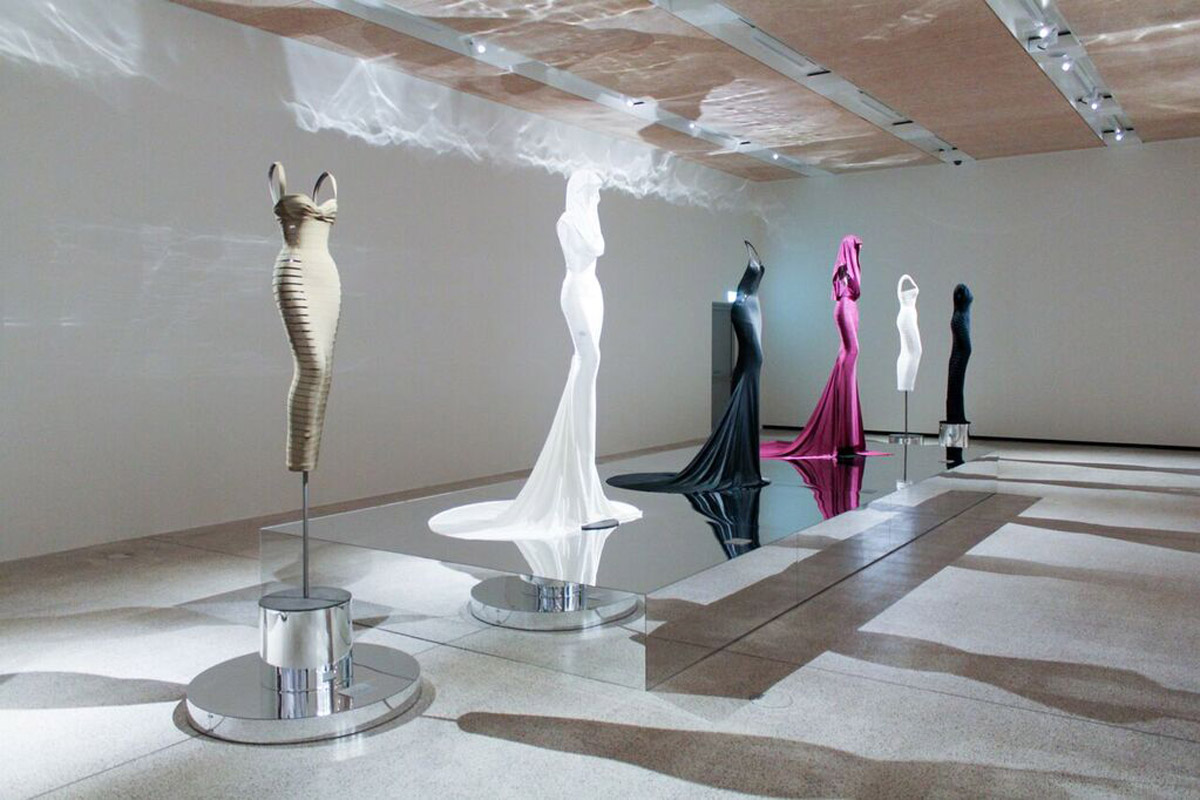
This exhibition (open now through 7 October) is the sixth curated by Wilson with Alaïa. The previous ones took place in art museums (such as Galleria Borghese in Rome) or more intimate spaces (like Alaïa’s gallery and studio in Paris) and each time the clothes revealed their power within the surrounding environment. In Rome they felt like majestic neoclassical sculptures; while in Paris they appeared delicate, especially as visitors were wandering through what felt like a secret archive.
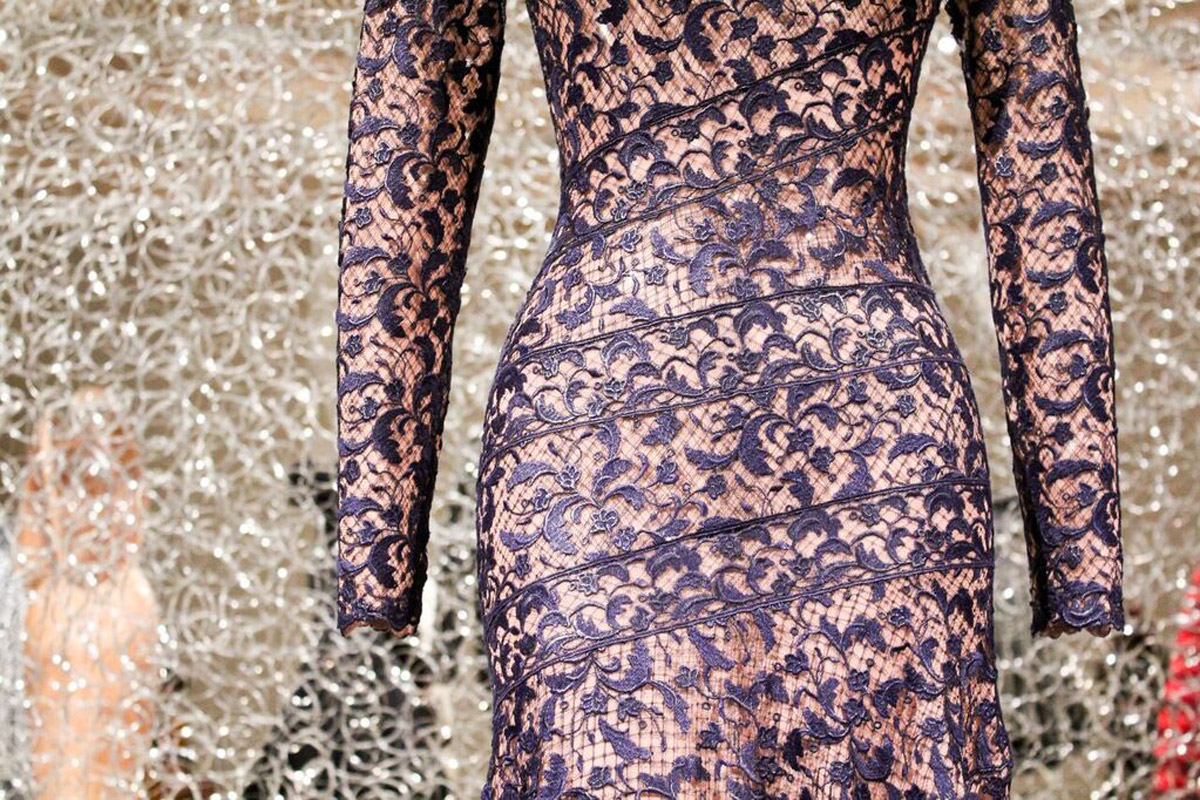
Now, in a design museum, the mood is different again. “The Design Museum asked for an exhibition and at the same time they were planning to open a new Alaïa store in London,” Wilson explains. “We thought it was also an opportunity to work with some friends.” Alaïa was so enthusiastic about the link with design that he involved international names including Marc Newson, Kris Ruhs, Ronan & Erwan Bouroullec, Konstantin Grcic and Christoph von Weyhe. These collaborations led to the the show’s unique panels and backdrops, made specifically to complement each item of clothing. Each designer was given a simple brief, Wilson says, which was “basically to work on transparency.” The impressive results include Newson’s laser-cut aluminum wall, Ruhs’ intricate transparent net, and the metallic folded tiles crafted by Grcic.

The exhibition also includes photos by Richard Wentworth, who had access to Alaïa’s studio and witnessed the designer at work. Thanks to all these elements and voices, the show is part installation and part exhibition, resulting in an overwhelmingly special experience.
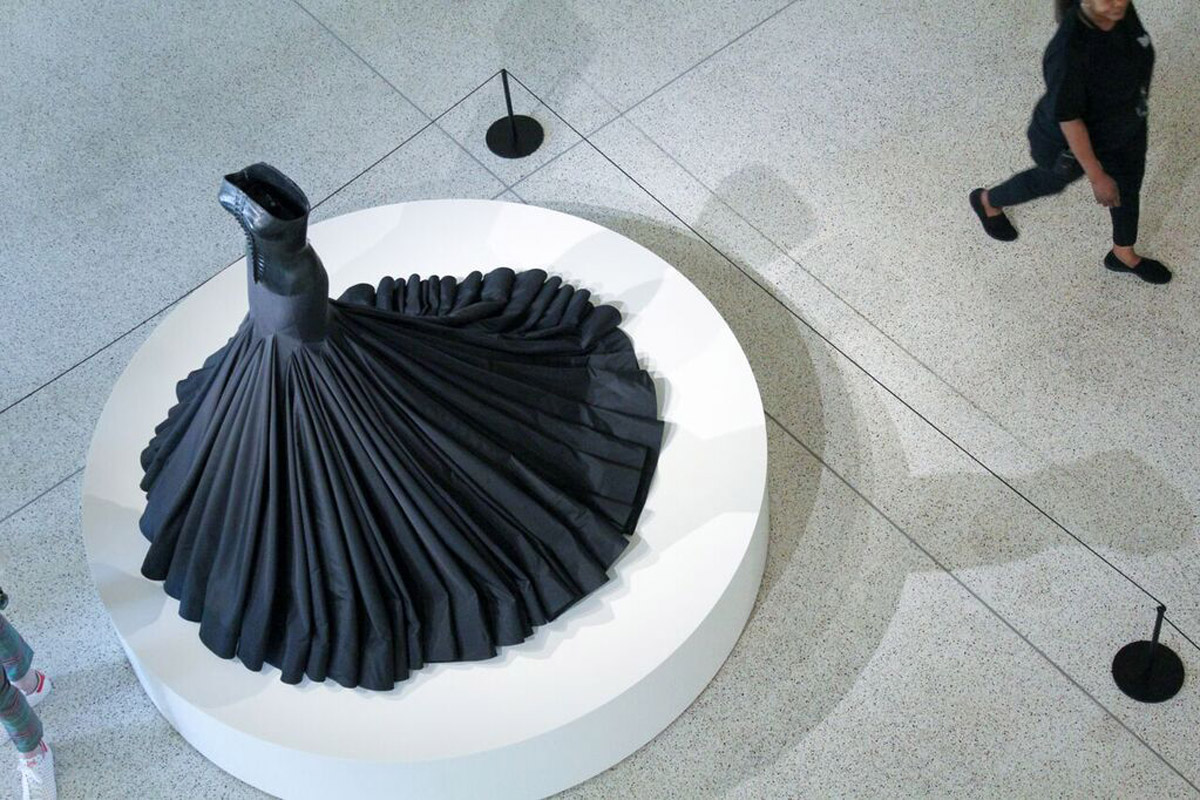
Alaïa’s artistry is displayed according to shapes, materials, colors, techniques or proportions and while sometimes these points of difference are clear, other times visitors will gaze for some time, studying intricate details. One immediately notices sculptural shapes and the prominence of the tall mannequins, but then the eye is drawn to the rich details—Alaïa’s astounding handiwork. Countless collaborators say Alaïa often worked alone, late into the night, experimenting with various materials—taking advantage of the calm of his empty atelier. “He did everything himself, from the beginning to the end,” Wilson says, “He’s probably the last of his kind.”
Images by Cool Hunting










